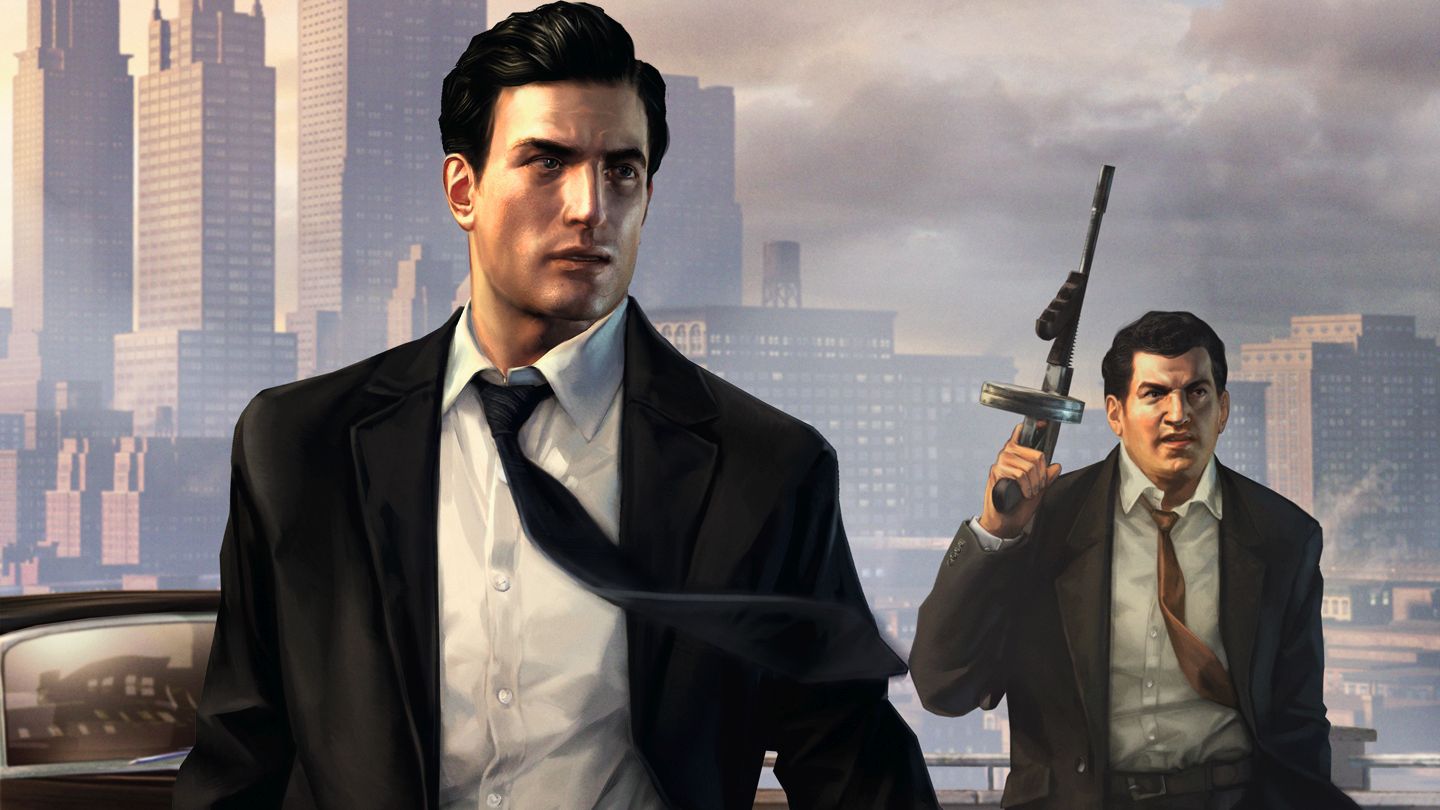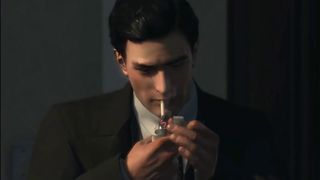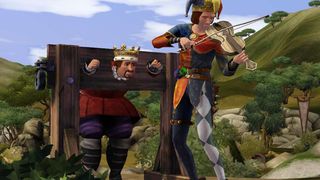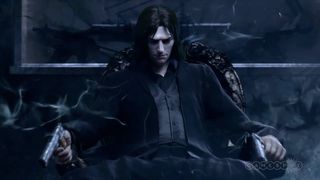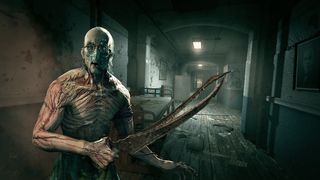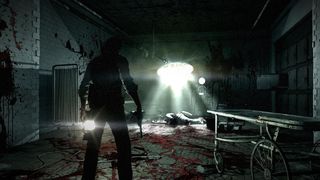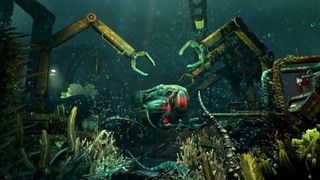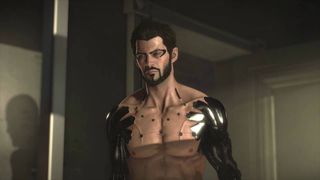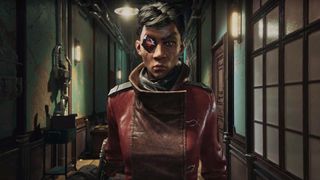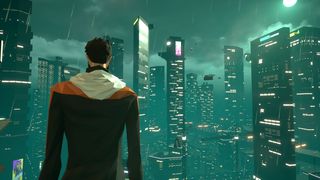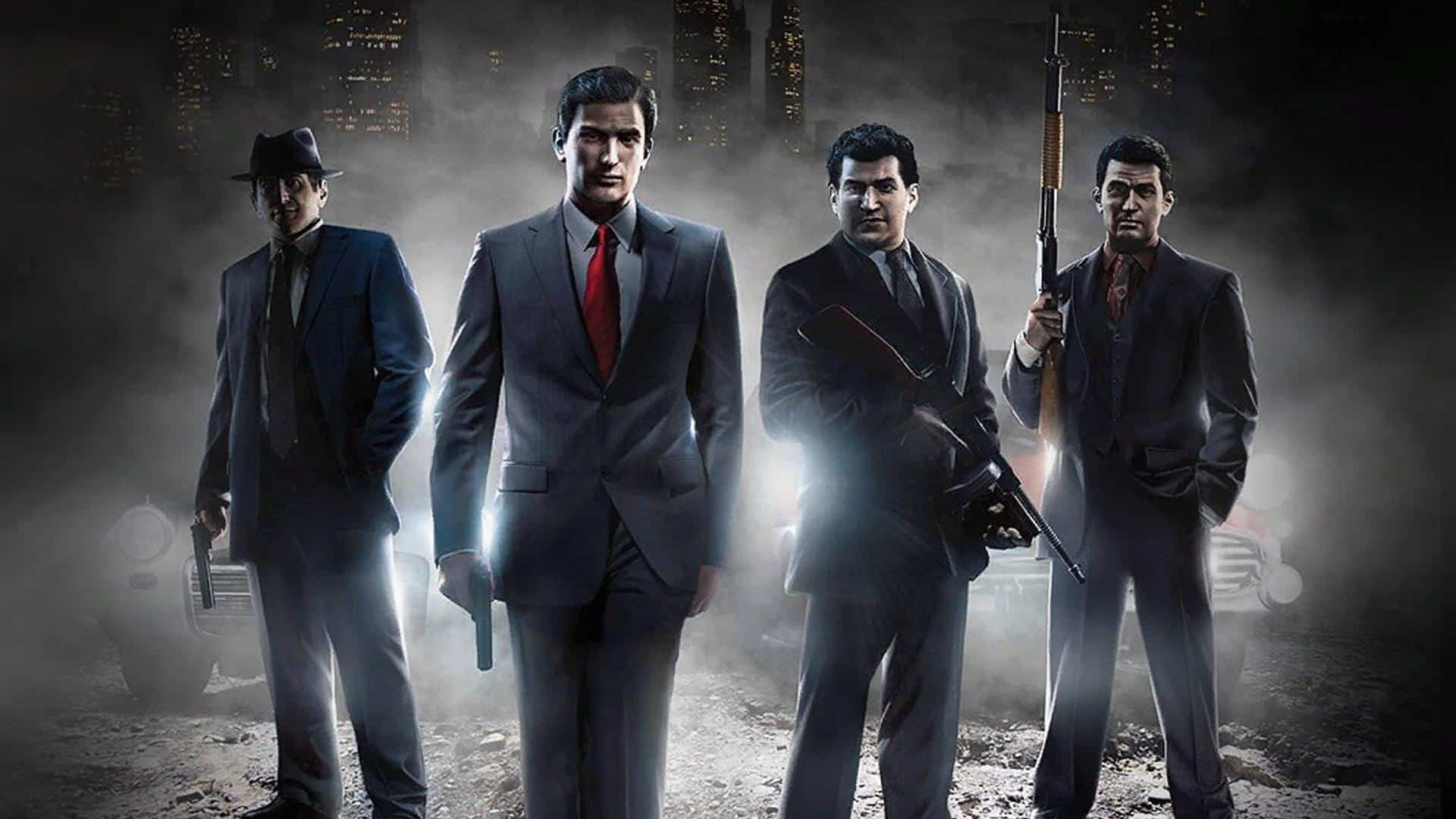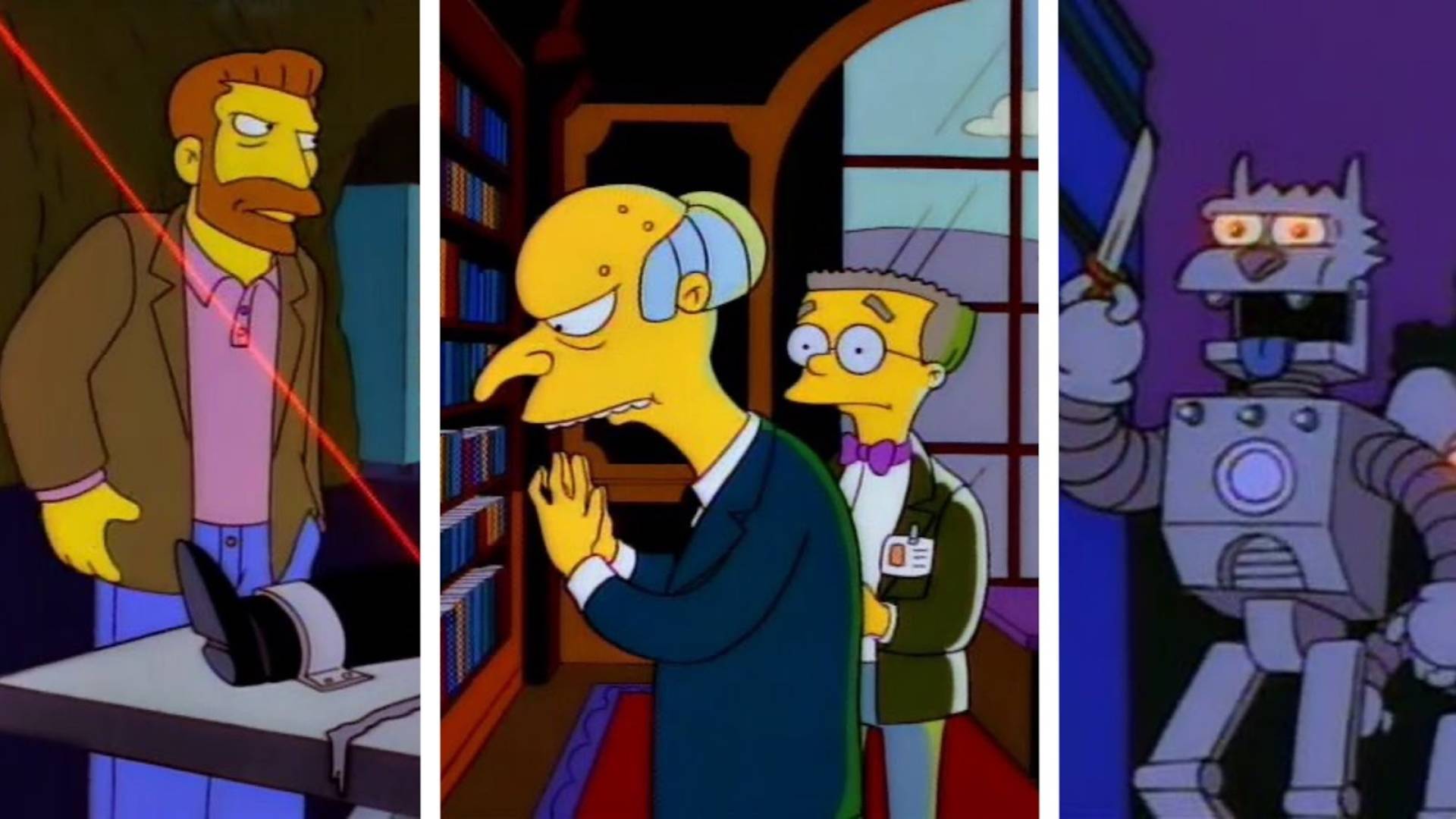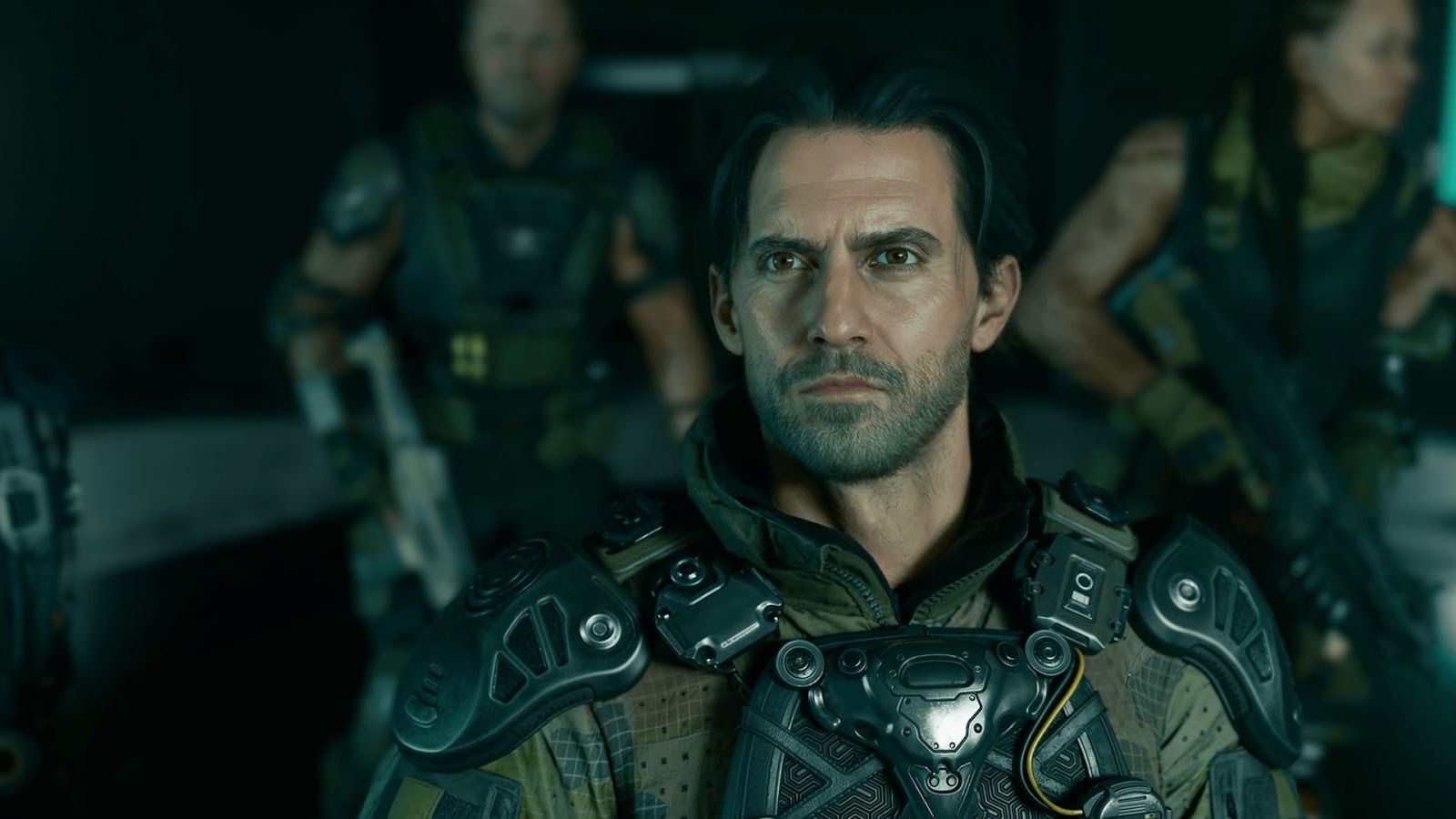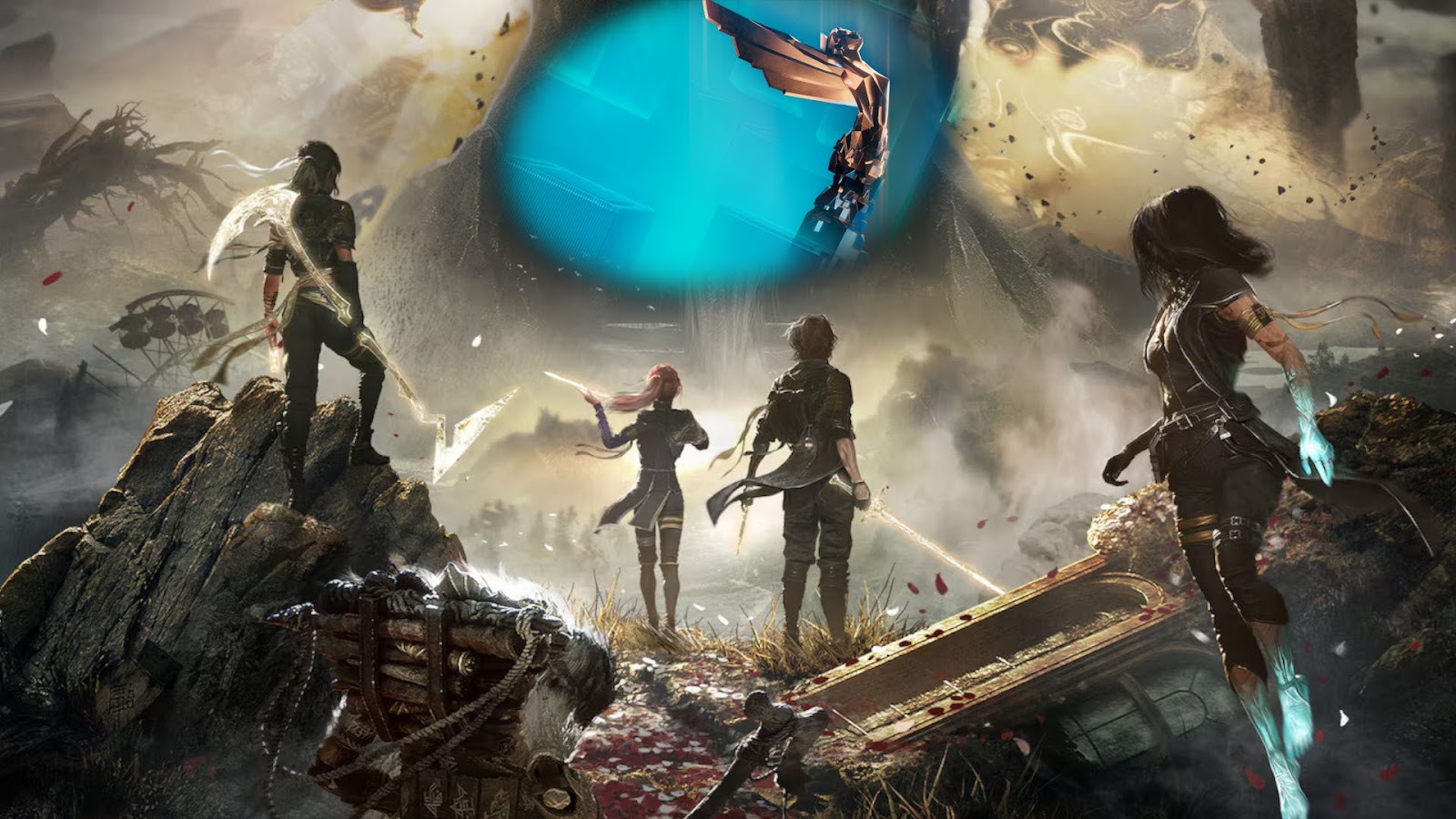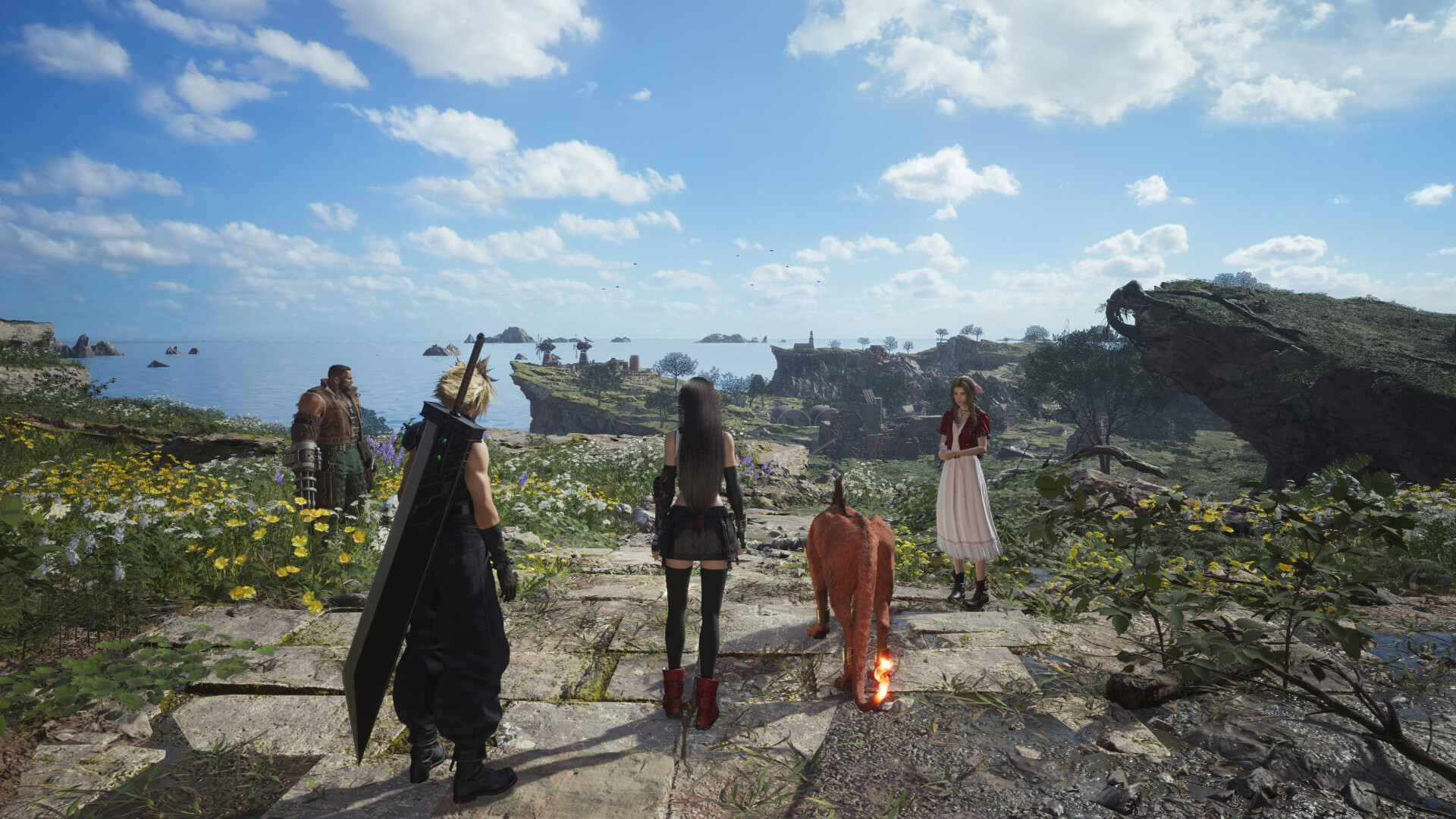You can trust VideoGamer. Our team of gaming experts spend hours testing and reviewing the latest games, to ensure you're reading the most comprehensive guide possible. Rest assured, all imagery and advice is unique and original. Check out how we test and review games here
The twenties are upon us. Whether or not they will roar, like they did a century ago, remains to be seen. Now is the time to consider, with practically Proustian weight, the games of the 2010s—which of them, as the decade draws to a close, are marked on the mind’s eye? The banks of my memory have long been broken, overflowing with a muddied stream of not just the classics but the games that strutted in their shadows. Imogen and I have compiled a list of games (there was little to the compiling, save for a slight twist of the stop valves of our recollections) that have, for one reason or another, meant something to us. These may be big or small; they may have been blighted by arriving in particularly gilded years; or else they may be made merely of the all right stuff. These are the games of the decade that meant something, for some reason.
2010—Mafia II
The hero of Mafia II, an Italian immigrant named Vito Scaletta, returns to America from fighting in Italy, in WWII (“Who says you can’t go home again,” he quips.), with his moral compass dented and bent out of shape, pointing permanently to a true south of the soul. He is enrolled first in the Clemente crime family, and then, after a stint in jail, joins the Falcone family. He lives in Empire Bay, which we see first under banks of wartime snow, in the 1940s, and then in the bright, booming light of the 1950s. All of which forms the perfect framework of the forgettable: a protagonist who talks of inner turmoil while caged in the cutscenes, only to spree merrily through town, tommy gun in hand, when unleashed; a plainly handsome city, whose thrills are ankle deep; and a story that’s stale from the start.
But I haven’t forgotten Mafia II. It served up a neapolitan of stealth, barefisted brawling, and gunplay, all of which had zip. The eras jumped and jived to the songs on the soundtrack. And for those who relish collectibles, Empire Bay was strewn with authentic issues of Playboy, a smart little smear of American authenticity. Mafia II, in aping the open worlds of games like Grand Theft Auto, it proves a reassuring point: it doesn’t matter how well-trodden the territory, in game design—as in Vito’s grim world—it’s execution that counts. Who says you can’t go home again.
2011—The Sims Medieval
The Sims was intended to satirise capitalism and consumer culture, creator Will Wright said. Countless games, expansions, and spinoffs followed, and I think it’s safe to say that that metaphor didn’t last. One of the fascinating aspects about The Sims is that it sprang forth from nowhere. Maxis’s Big Bang began with a two-bed two-bath home, nestled in a nook of familiar and anonymised suburbia. People went to work and peed themselves because that was all they’d ever known, or would know. The Sims was ahistorical. It assumed our own histories, until it made its own. Until The Sims Medieval.
Getting by in a fantastical kingdom, the Sims worshipped the Watcher, an omniscient and omnipotent god who could direct and determine their future. Each profession—Monarch, Wizard, Bard, Knight, Priest, and so on—would have its own quests to further the kingdom’s ambition and could interact with foreign realms. Those who failed in their duty or broke the law would be cast into the Pit of Judgement, inhabited by a beast with a legendary appetite. The game affixed role-playing elements to a well-established life sim, but most importantly, it wrote its history. The implications of a spinoff often sail over the core series or aren’t considered canonical, but The Sims Medieval acted as an archaeological stepping stone.
2012—The Darkness II
The Darkness was doomed to loom in the shadows, but what rich and rarefied shadows they were. Slithering out in 2007—alongside BioShock, Portal, Call of Duty 4: Modern Warfare, Halo 3, Half-Life 2: Episode Two, Mass Effect, and Super Mario Galaxy—it brooded in its own ready-made alcove: noticeable enough, when measured against such giants, to draw cries of cult appreciation, but dingy enough that its flaws were caked in a flattering half-light. The Darkness II, released in 2012, carried on the cursed tradition, slipping by amid the likes of Hotline Miami, Journey, Fez, Dishonored, The Walking Dead, Far Cry 3, Mass Effect 3, and even pulp cult wannabes like Sleeping Dogs and Max Payne 3.
Developer Digital Extremes opted for a cel-shaded art style, closer to the greasy surfaces and acrylic colours of the comic. It stripped away the first game’s non-linear levels and replaced Kirk Acevedo—whose chewy mumble gave the game’s hero, mobster Jackie Estacado, the air of someone recounting a dream whilst still half in it—with Brian Bloom. Mike Patton returned to voice the titular Darkness, the demonic legion of imps and piranha-toothed tentacles that perches on Jackie’s back, vesting him with hideous power while poisoning his life from within: still one of the best Mafia metaphors going. On top of that, this sequel was fuelled by the immodest principle that, contrary to popular wisdom, more is more, allowing you to dual-wield any two guns of your choosing while harpooning your foes with a set of glistening tendrils.
2013—Outlast
In the early 2010s, the YouTube gaming scene was spreading its wings, testing the waters, and building its foundations. All at the same time. It was very impressive. Garry’s Mod and Minecraft were the bread and butter, but to add a little spice, YouTubers would dabble in a horror title every now and then. Amnesia: The Dark Descent, Slender: The Eight Pages, SCP—Containment Breach, and Outlast owe some of their success due to the prevalence of Let’s Plays and compilation videos, but Outlast is the one that endures. The camcorder with night vision was an inspired mechanic, but it’s the tragedy of the game’s setting, Mount Massive, that preys on my mind.
Set within the decaying halls of a psychiatric hospital, it would have been simple to populate it with “crazies” that hunt down the player because they’re “mad.” The player takes on the role of Miles Upshur, a freelance journalist who was dismissed after exposing confidential material on the war in Afghanistan. Breaking into Mount Massive, his investigation is one of criminal neglect and the abuse of a vulnerable group. These people sought out medical rehabilitation and were instead subject to terrible experiments that would further Nazi research into mind manipulation. Outlast is a horror game, but the horror is not only in the jump scares, viscera, or the supernatural elements. It’s how close the events of Outlast are to reality.
2014—The Evil Within
The Evil Within is a title that could double as a design mantra for Shinji Mikami. His mission: to burrow beneath the action-infected skin of the Resident Evil series and banish its blockbuster mutations, while unleashing the horrors still resident at its core. The result is the true sequel to Resident Evil 4—the master work with which Mikami derailed his own series. Behold, the 2.35:1 aspect ratio (which is, in fact, 2.50:1); the camera, pulled in close to its hero’s back to serve up luxurious blind spots; and the gunplay, cramped and tremulous, with ammunition not so much rare as sensibly rationed. You could swap the protagonist’s trench coat for a shearling-trim leather number and imagine yourself as Leon Kennedy, the hero of Resident Evil 4, venturing from the cold nethers of Spain to the comfort of the The Evil Within’s asylum.
If you like your horror served up with a coven of clichés, happy to be in one another’s company, then The Evil Within was a confection. Its setting is richly sown with seeds plucked from a hundred B movies. The first ten minutes featured a mental asylum encircled by strobing police cars, puddles of gore, and the notes of Clair de Lune curling through the air. It wasn’t the best game of 2014; it wasn’t even the best horror game of 2014—that honour belongs to Alien: Isolation—but it offered, under the aegis of Capcom, a vision that could only belong to Mikami.
2015—SOMA
I was confident that I had SOMA sussed out. A car crash has left the protagonist, Simon Jarrett, with severe brain damage and survivor’s guilt. After his treatment, he awakens in a dark and dilapidated science complex, and biomechanical robots stalk the survivors like sharks. Obviously, I thought, Simon has experienced a mental break and this world has been conjured by his imagination, which is attempting to process the after-effects of the accident.
That is not what SOMA is about. Are you the same person that you were five minutes ago? If you were cloned, do you share the same identity with that clone? An inventor builds an android in your likeness using photos and audio recordings of you. You destroy it, but is it murder, suicide, or vandalism? Are you sure? SOMA is superb, and it incites a chain of questions about what it means to be human. Our lives are becoming increasingly digitised, and technologies step in to quantify our bodies and minds. I’ve got my earphones in listening to music produced millions of miles away, and I’m staring at a screen of scrolling messages from people I’ll never meet. SOMA makes you think, Hey, this is weird. (Also, SOMA is the first game I encountered with a character called Imogen—who has a very important role in the story’s progression—so I have to give it a gold star for that.)
2016—Deus Ex: Mankind Divided
I like to imagine Adam Jensen, the dour, doubt-haunted hero of Deus Ex, as a firmware update of those figures that prowled the streets of film noir: collars raised against the cold, going about their duties under a downpour. Only their raincoats didn’t conceal an array of robotic weaponry, spring-loaded and lethal, as though Inspector Gadget had been wiped, rebooted, and programmed for military application. Jensen was introduced to us in Deus Ex: Human Revolution. Voiced by Elias Toufexis, he sounded like a troubled blend of Keanu Reeves and Clint Eastwood, and by the time of Deus Ex: Mankind Divided, set two years later, his troubles had only grown. He lives in a fractious future—in which bodies are blended with circuitry and steel, and resentful ranks seethe at the notion, considering it an affront to humanity.
The real affront to humanity, of course, was committed by the game’s publisher, Square Enix, when it decided to put the series on hold—moving the developers, at Eidos Montreal, over to work on Marvel’s Avengers. Mankind Divided offered us chic, drizzled visions of London and Prague, in a generous palette of discerning greys. It gave us glossed first-person shooting, sharply calibrated third-person stealth, and a story of such rich and robust nonsense that it asked us to greet any mention of the illuminati with the utmost gravitas. The game also had the misfortune of coming out in a year of giants. Still, Jensen is out there, somewhere, his features half-hidden in a fog of cigarette smoke, pressing on through some damp Detroit night, waiting for Square Enix to pull him out of retirement and put him back on the job.
2017—Dishonored: Death of the Outsider
Dishonored: Death of the Outsider is the best game in the series. Granted, it only exists because Dishonored and Dishonored 2 exist, but this was the game that did away with honour. The thing is, when you’re at the bottom of the pile, while the Empress’s consort and their daughter right the injustices done to them, the system doesn’t care about how good you are. Your goodness doesn’t put bread on the table and wood in the firepit, and it certainly doesn’t give you the opportunity to rub elbows with Dunwall’s most powerful figures. If you want it to change, you take matters into your own hands. Or hand.
Billie Lurk has had enough of the Outsider, and will cut out the rotten core from the universe. With tightly compacted levels and unexpected powers, the experience of Death of the Outsider is one that has been built from the bones of the first two games. But it has its own story and illustrates the mystery of the Empire’s spiritual elements. All from the perspective of someone who is tired of all this. Thematically and narratively, it is the best game in the series, which had, until then, followed the people who “mattered.” Billie Lurk avenges everyone who had been stepped on to support the status quo, and she closes the Kaldwin era with a bang, not a whisper.
2018—State of Mind
State of Mind follows an investigative journalist, and all-round grouch, called Richard Nolan. He is voiced—and warmed, it must be said—by Doug Cockle, whose deep grumble gives the impression that you are listening to the complaints of a pepper grinder. Nolan considers the world in which he lives—the Berlin of 2048—with the stained resolve of the tired and the perennially let down. It’s little wonder, either; everything is grey and wet, robotic drones patrol the skies, human drones patrol the streets, and the world seems to flicker, like a faulty light bulb, in and out of being. You wish you could jet Nolan away to some far-off beach and stick a drink in his hand; there’s nothing for him here.
Not so for fans of point-and-click adventure games, whose favoured genre has of late been nudged toward narrative and away from the puzzles of its founding. (Some would point out that leaving the more logicless and lateral conundrums of the genre’s rustier patches behind is no bad thing thing.) Developer Daedalic Entertainment gently redressed the balance, cluttering its world with clues to mysteries that were solved with good sense. The game’s art style draws deeply from The Longest Journey, with two cities rubbing interdimensional shoulders: one polished to a blinding white gleam and the other couched in fluorescent gloom. There’s enough here for a pleasant diversion, in a year of much louder ones, and the reason that Nolan’s griping has stuck with me is more than Cockle’s performance. It’s as if he knew he would get lost in the noise.
2019—Pokémon Sword and Pokémon Shield
Pokémon Red and Pokémon Blue released in 1996. Over the 23 years that followed, over a hundred games have appeared, many of them expecting its players to come pre-loaded with knowledge. I didn’t have that knowledge. When you combine enthusiasm for creatures with magical powers and a childhood of economic sims and educational games, it’s like oil on water. I’ve been told that the Type strengths and weaknesses make sense if you think about it. I’ve thought about it, and they don’t, but I commend you for trying.
Pokémon Sword and Pokémon Shield are the beginning of the deconstruction of the series. They are the first Pokémon game on the Switch, and it could have continued to cater for those who took their first steps with Red and Blue, but it turned convention topsy turvy. Random encounters are gone. The Pokémon Box comes with you on your adventures. Experience is shared between your critters, they can chow down on candies to give them pure experience points, rather than simple level jumps, and moves are saved in a catalogue in the Pokémon Centre. Pokémon Sword and Pokémon Shield was an adventure for rookies and veteran players alike, and I felt right at home. That’s a pretty significant feat for such an established series.
Mafia II
- Platform(s): PC, PlayStation 3, Xbox 360, Xbox One
- Genre(s): Action, Adventure, Shooter, Third Person
